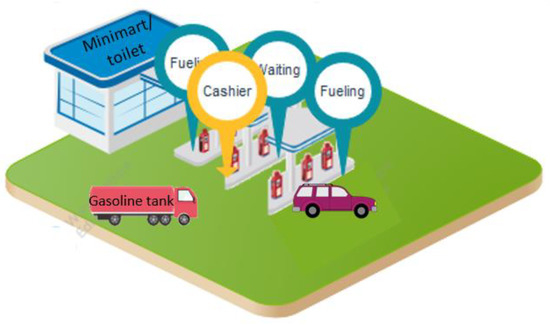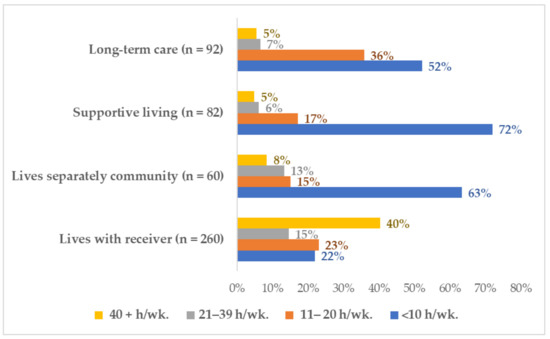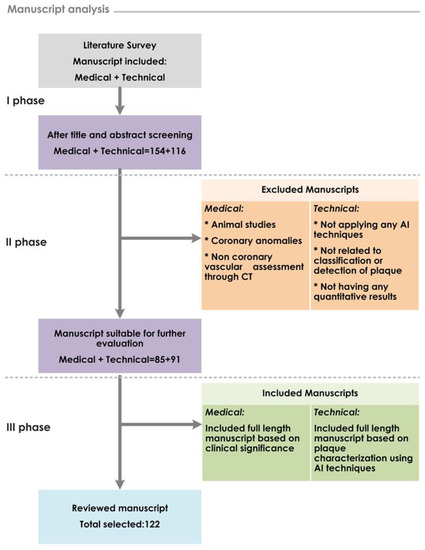Int. J. Environ. Res. Public Health 2021, 18(19), 10014; https://doi.org/10.3390/ijerph181910014 - 23 Sep 2021
Cited by 19 | Viewed by 4878
Abstract
This cross-sectional study examined the risk factors affecting adverse health effects from benzene exposure among gasoline station workers in Khon Kean province, Thailand. An interview questionnaire of adverse symptoms relating to benzene toxicity was administered to 151 workers. Area samplings for benzene concentration
[...] Read more.
This cross-sectional study examined the risk factors affecting adverse health effects from benzene exposure among gasoline station workers in Khon Kean province, Thailand. An interview questionnaire of adverse symptoms relating to benzene toxicity was administered to 151 workers. Area samplings for benzene concentration and spot urine for tt-muconic acid (tt-MA), a biomarker of benzene exposure, were collected. The factors associated with adverse symptoms were analysed by using multiple logistic regression. It was found that these symptoms mostly affected fuelling workers (77.5%), and the detected air benzene reached an action level or higher than 50% of NIOSH REL (>50 ppb). The top five adverse symptoms, i.e., fatigue, headache, dizziness, nasal congestion, and runny nose, were reported among workers exposed to benzene. More specific symptoms of benzene toxicity were chest pain, bleeding/epistaxis, and anaemia. The detected tt-MA of workers was 506.7 ug/g Cr (IQR), which was a value above the BEI and higher than that of asymptomatic workers. Risk factors significantly associated with adverse symptoms, included having no safety training experience (ORadj = 5.22; 95% CI: 2.16–12.58) and eating during work hours (ORadj = 16.08; 95% CI: 1.96–131.74). This study urges the tightening of health and safety standards at gasoline stations to include training and eating restrictions while working in hazardous areas.
Full article
(This article belongs to the Special Issue Benzene: Exposure and Risk Assessment)
►
Show Figures











